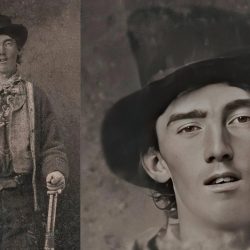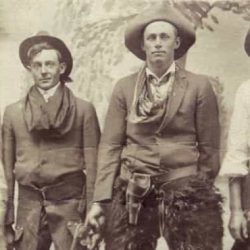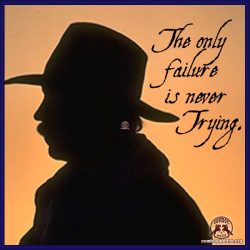WARNING: This list contains spoilers for all three seasons of Deadwood.
Any time a highly respected historical drama comes along, whether on the big or small screen, be prepared for dozens of articles about all the things it got wrong. Uncovering those inconsistencies may be illuminating, but the relationship between history and its fictionalized depiction is a codependent one. Even with poetic license doing some heavy lifting, fiction often hews closer than expected to historical fact – or at least uses true events as a sturdy jumping-off point.
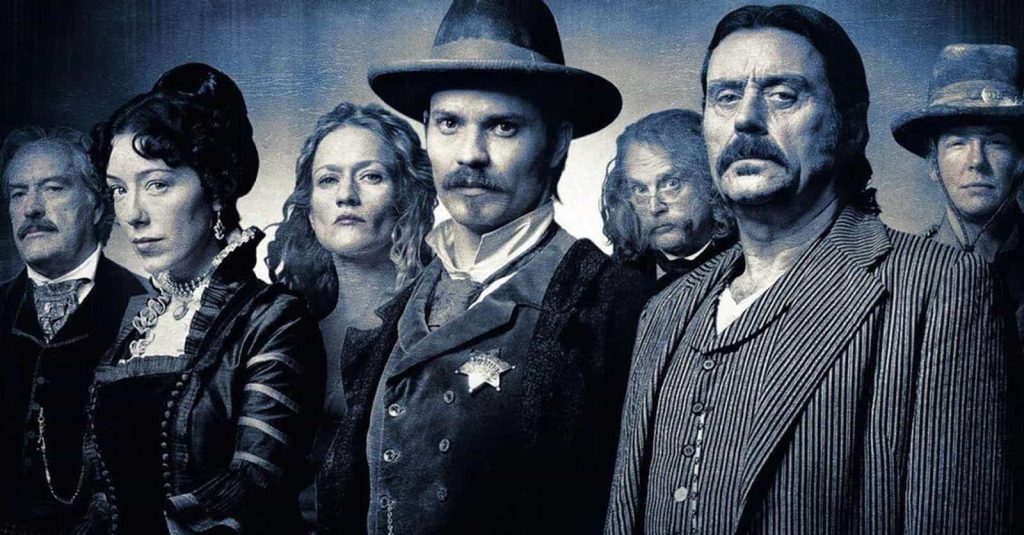
That’s certainly the case with Deadwood, one of the best shows in HBO’s history. While there are divergences between the show and its historical basis, the period detail is often remarkably accurate. Even some of the show’s most unbelievable moments are based on solid history. For example, Wild Bill Hickok’s demise at the hands of Jack McCall, and McCall’s flight and eventual imprisonment, happened more or less the way the series depicts.
Series creator David Milch intended to show how law and order come to a lawless place, and how human beings act when they are, as sociologists say, “in a state of nature.” What better way to find out than to look at the actual historical record? It’s all there: the vicious Al Swearengen, the more law-abiding Seth Bullock, the self-mythologized legends Wild Bill and Calamity Jane, the relentless George Hearst and his Homestake Mine. Just as the show can teach us about order and society, the real-life town has plenty to teach us about history and the value of the truth.
The Settlement Should Have Never Existed
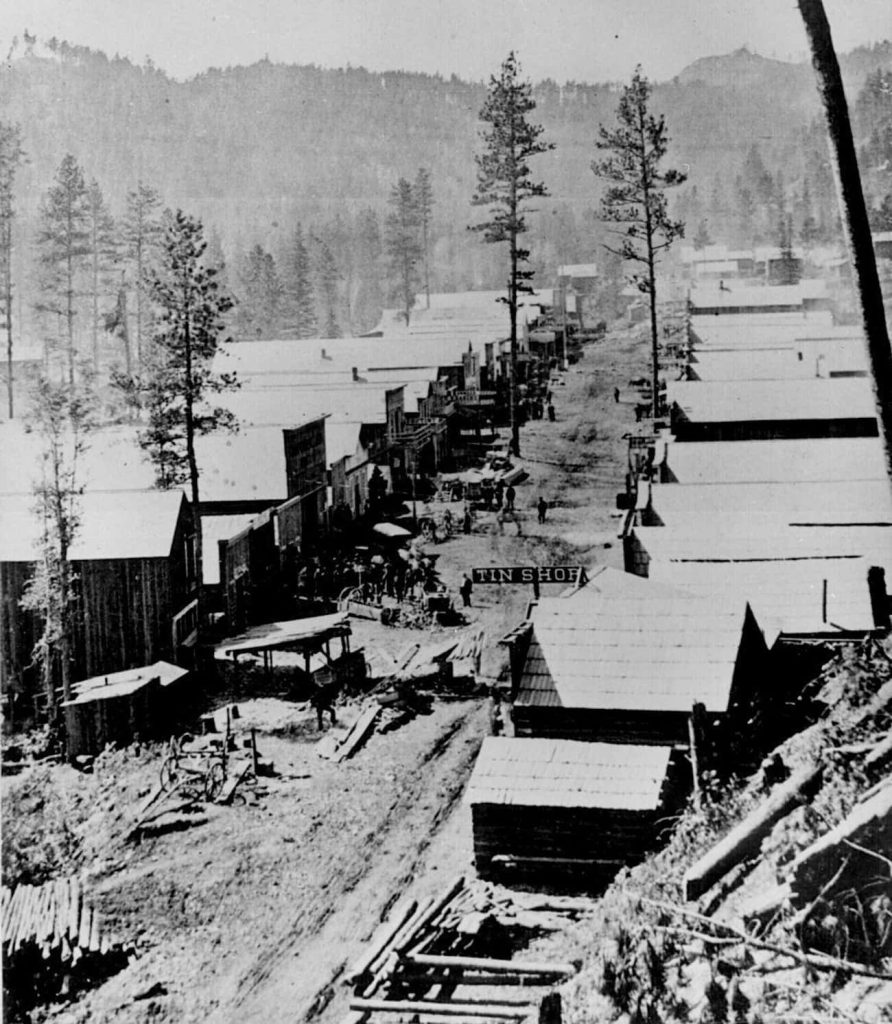
One of the reasons for Deadwood’s unique popularity as a mining town in the 1870s was that it had been untouched by previous gold rushes. The area was inside Sioux territory, where outsiders couldn’t legally settle. After General Custer passed through, however, he returned to the East Coast and proclaimed there were vast quantities of gold in the Black Hills. Miners descended by the thousands and began slowly patching together what would become the infamous settlement.
Because of the town’s location, the US government couldn’t get involved, and it took a long time for any sort of order to be established. So the rough-and-tumble lawlessness of the TV show was the result of more than just Swearengen’s machinations – it was because there never should have been a settlement there in the first place.
The Black Hills Gold Rush Attracted Thousands Of Miners

When the miners came to the settlement, they came in droves. At its height, the town was quite a bit larger than its television facsimile. In 1876, there were around 3,000 residents and almost 200 businesses in the town. Add to that an enormous transient population of miners who came through for short expeditions. As the miners began to flood the town, more permanent structures went up, including brick-and-mortar buildings. This was accompanied by a push toward law and order, embodied by the arrival of the real-life sheriff Seth Bullock.
This process accelerated dramatically when a fire swept through the town in 1879, beginning at a bakery on Sherman Street and eventually wiping out much of the business district. Fearing another fire, the citizens of Deadwood rebuilt their homes out of brick, rather than wood. The local government also passed laws requiring that building materials not include lumber.
The Boom Generated $1 Billion In Gold, But The Economy Couldn’t Stay Strong
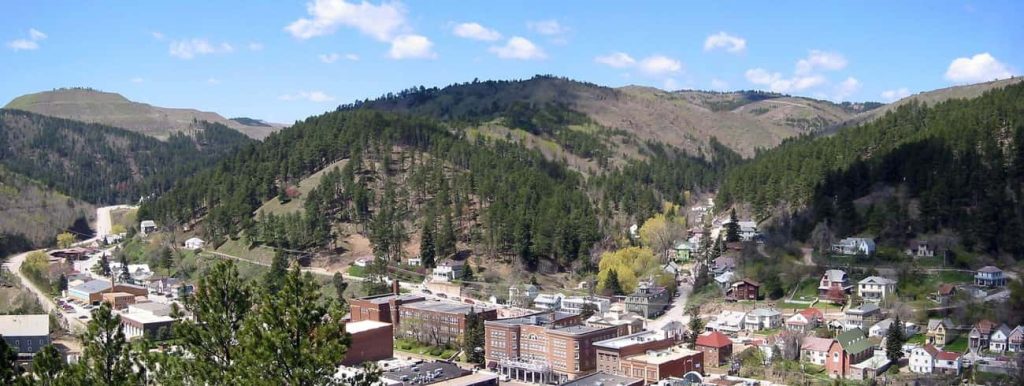
The problem with booms is they eventually end – and the bigger the boom, the sharper the decline. The Black Hills represented one of the richest gold finds in American history, generating over $1 billion in revenue over the course of its mining operations.
The allure of gold brought many settlers to the area in the 1870s, including a sizable Chinese settler community. By 1918, the gold lodes were exhausted, and the town’s economy collapsed. Most residents left, and by 1935, the city’s once-vibrant Chinese community was completely gone.
For much of the 20th century, the once-booming municipality seemed to be at its end. People departed, shuttered business weren’t replaced, and in 1987, a fire wiped out half of downtown. Just when it looked like the settlement might become a ghost town, gambling was legalized within the city limits. Through a combination of gambling profits and tourism, Deadwood began to thrive once again.
Al Swearengen Was Real – And Even More Vicious Than He Is On The Show
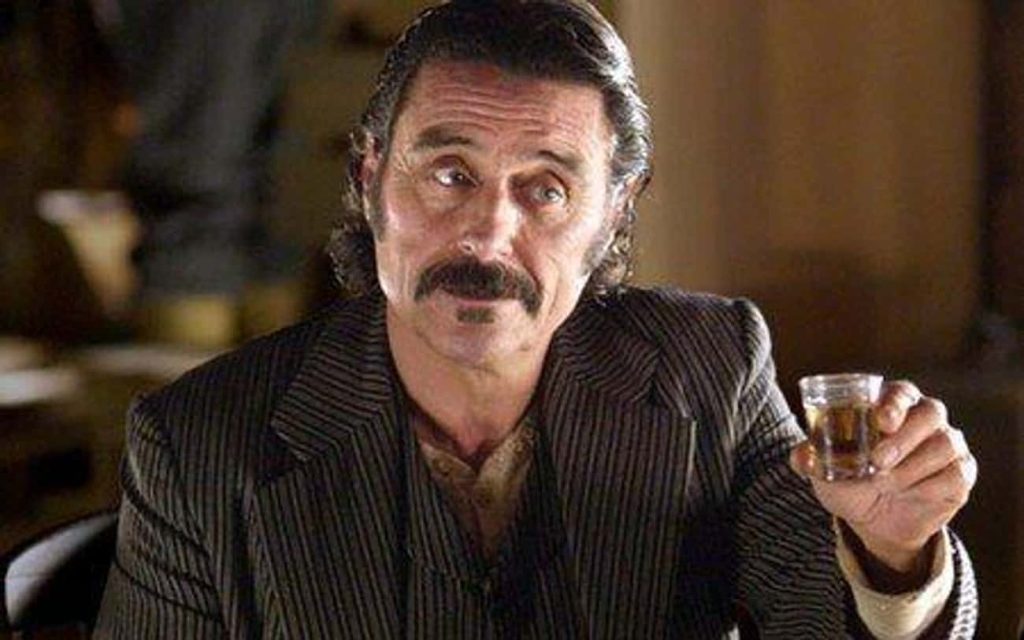
Ian McShane’s Al Swearengen is one of the all-time great TV villains. Ruthless and profane but not without his gentle moments, he’s the ultimate survivor in a show full of survivors. Swearengen was a real person, and based on the records available, much of what the show depicts seems to be accurate. Swearengen did own the Gem Theater saloon, he did employ sex workers, and he was as cutthroat as the show depicts. The fictional version, while ruthless, is not always unfair; there’s even a bit of tenderness in him.
That’s not the case with the real-life Swearengen, who seems to have been a one-dimensional monster, utterly unconcerned with anyone but himself. This is especially reflected in the way he treated his working girls, many of whom lost their lives at a young age from assault, addiction, or disease. Many of the girls even took their own lives.
Jack McCall Really Did Kill ‘Wild’ Bill Hickok Over A Game Of Cards
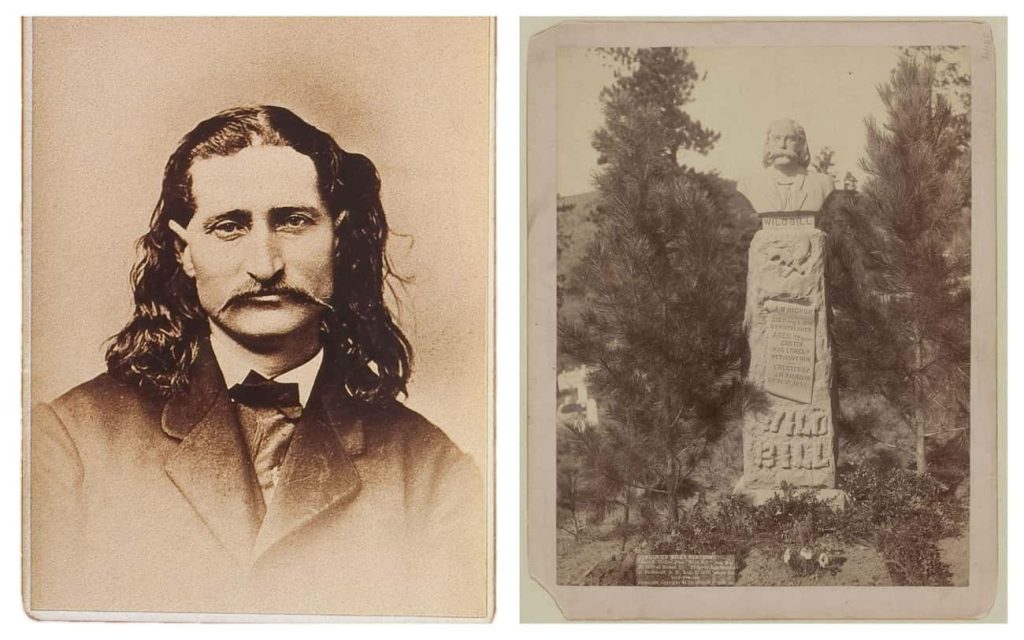
When “Wild” Bill Hickok told an unbelievable story about his adventures and someone asked how he survived a dangerous situation, he would reply, “I didn’t.”Given Hickok’s habit of mythmaking, it can be tricky to sort the fact from the fiction, but it’s clear he was already a legend by the time he arrived in Deadwood in 1876. Although he was said to have felled hundreds of men in quick-draw duels, this number was greatly embellished. His career as a shooter ended in Abilene, Kansas, where he was the town marshal. In a standoff with a local outlaw, Hickok accidentally shot his own deputy. Shaken by the incident, he hung up his cannons and took to gambling.
Enter Jack McCall. The rivalry between Hickok and McCall was real, if a little one-sided. Hickok likely took little notice of McCall, even after beating him badly at cards. After defeating McCall, Hickok sent him on his way. The next day, McCall returned to the saloon. Wild Bill never sat with his back to a door, but on this particular day, the only seat available faced away from the saloon door, and so there he sat.McCall, furious at having been humiliated the day before, walked into the saloon and shot Hickok in the head. McCall would later claim he took Hickok’s life in revenge for the slaying of his brother in Abilene, Kansas.
Calamity Jane Constantly Told Tall Tales About Her Life And Exploits
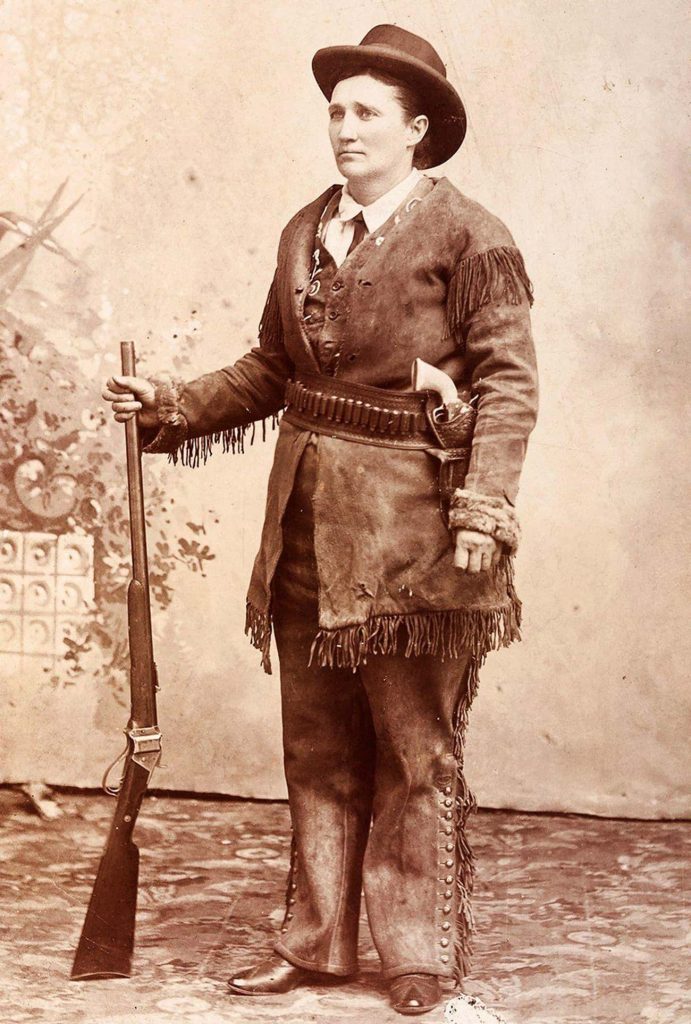
Born in 1852, Martha Jane Cannary came to be known as “Calamity Jane,” a nickname she earned during her teenage years, during which time she was likely a sex worker. She left that life behind when she hitched a ride with a group of soldiers and arrived in Deadwood. It was there that she became famous – for her reckless daring, her compassion, and her alleged affairs with famous men.
The facts are hard to find here because Jane herself was the cause of so much misinformation. She wrote an autobiography about her exploits and even toured as herself in a Wild West show. Tasked with telling her own story, she had a tendency to exaggerate her facts. One of her claims was that she captured Jack McCall after he executed Wild Bill, but there is no evidence to support that assertion.
Seth Bullock Left His Family Behind Until He Tamed The Town
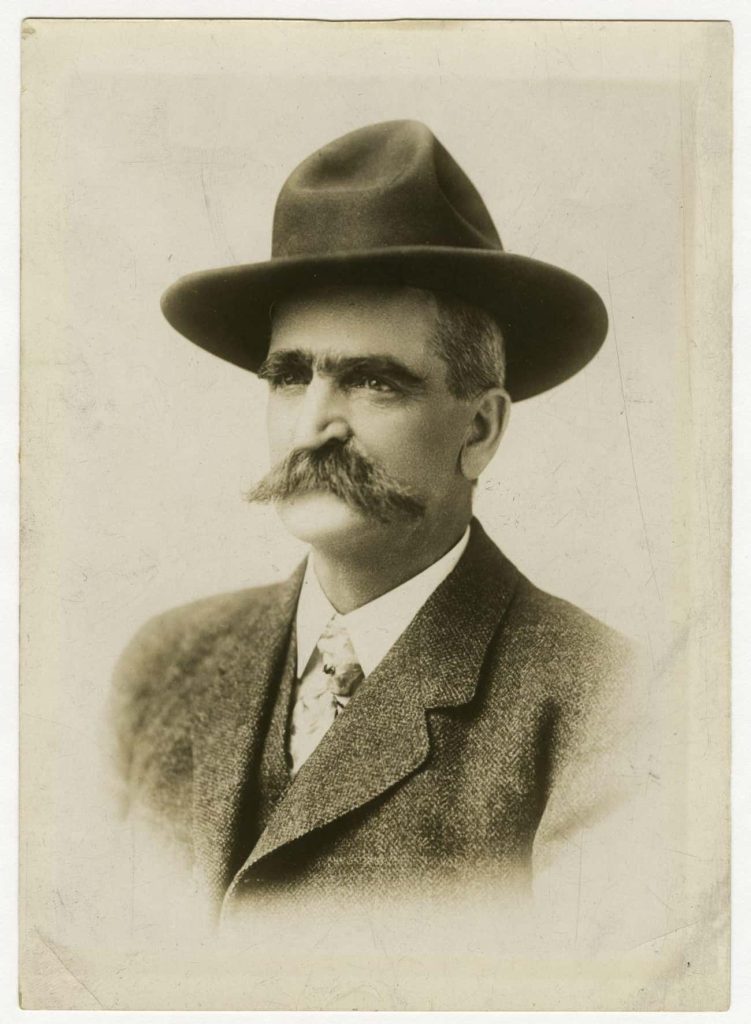
Just like in the show, the real Seth Bullock came to town to open a hardware store. In the wake of Bill Hickok’s slaying, however, the town wanted a lawman. Bullock had been a county sheriff in Montana and was likely the only citizen with law-enforcement experience.
Bullock spent the next few years cleaning up the town and imposing some semblance of order. While he did come into conflict with Swearengen regularly, they managed to make the town safe enough for Bullock’s wife and daughter to come live with him in the settlement.
Later in his life, he built a small ranch near the town and struck up a relationship with Theodore Roosevelt. As vice president, Roosevelt made Bullock a US marshal.
The Settlement’s Chinatown Was Also Booming
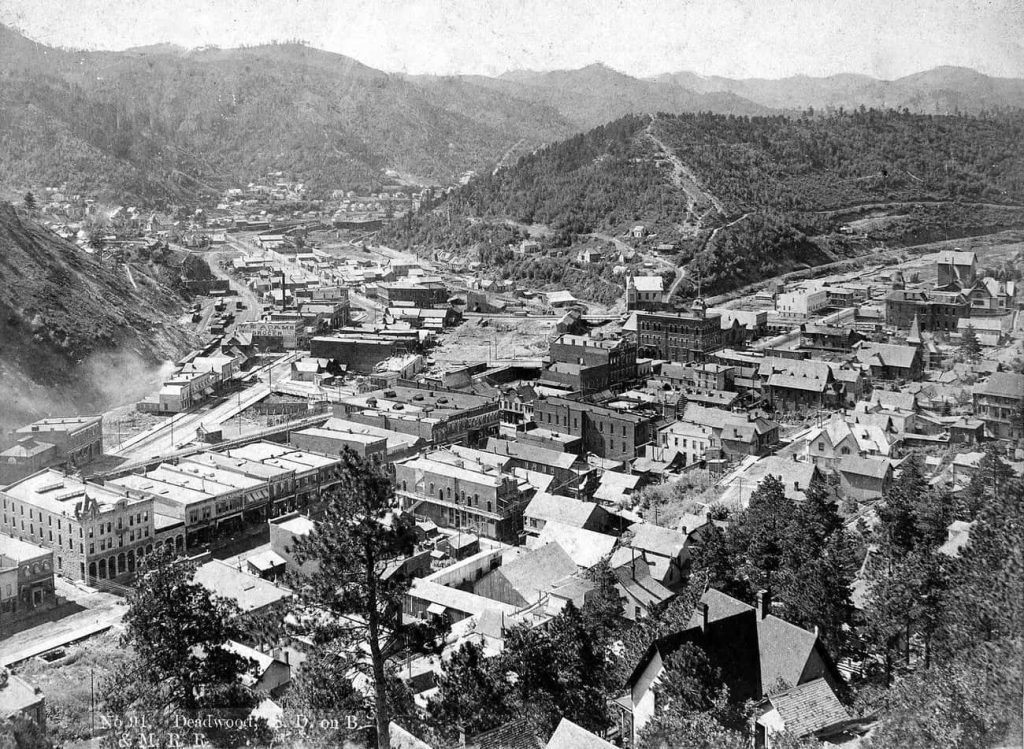
Today, the term “Chinatown” may conjure up images of downtown San Francisco, city streets lined with red lanterns, and noisy, boisterous fish markets. Even some of the smallest villages in the West had Chinatowns, though, or certain districts where Asian immigrants gathered, ran businesses, and participated in the economic booms and busts that came with the gold rush.
The role of Asian immigrants in the gold rush – and the expansion of America as a whole – should not be overlooked. In addition to constructing most of the railroads in the West, Chinese people often founded the first stores in these burgeoning Western towns, and Deadwood was no different. During the settlement’s enormous gold boom, its Chinatown grew in proportion. The Chinese townspeople intermingled with the Western citizens and, while racism was certainly a problem for the immigrants, relations were likely friendlier than what’s shown on the screen.
While the TV show sensationalizes the role of Chinatown (there is no evidence bodies were fed to ravenous pigs, for example), it’s accurate to acknowledge the interrelation between the white settlers and Chinese pioneers who built the town together.
George Hearst Went On To A Future In Politics, And His Son Founded A Media Empire
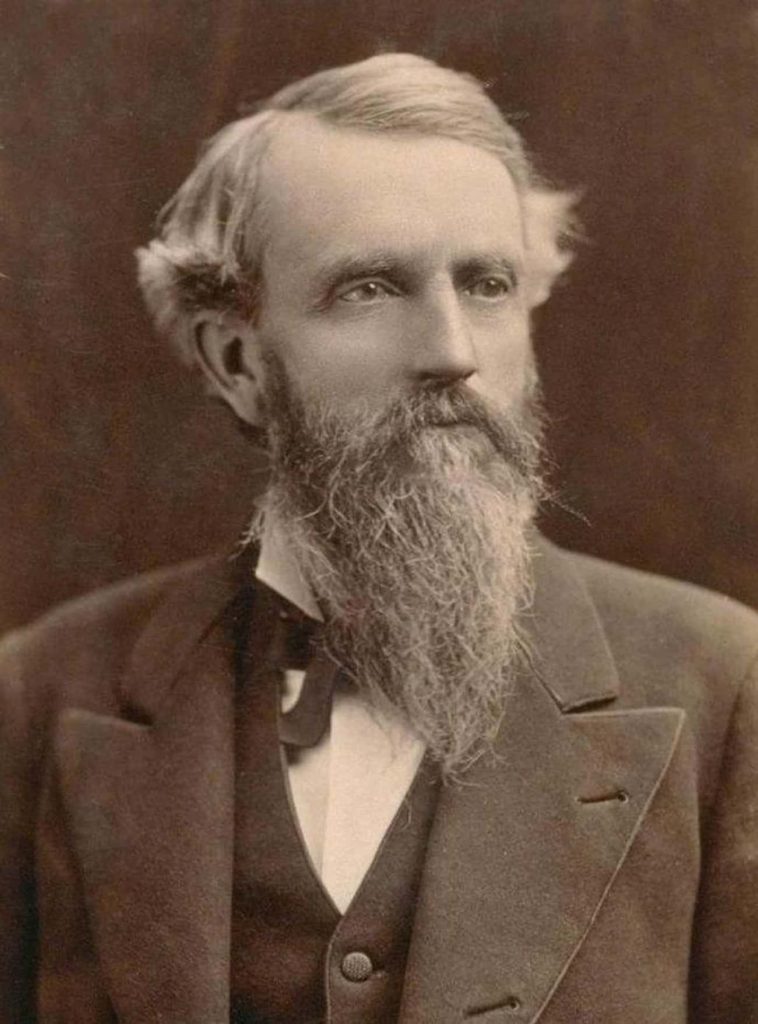
So many legendary people showed up in the settlement around the same time that it can be somewhat hard to believe in retrospect. While there are minor inconsistencies and debates about the show’s authenticity, the major points are largely accurate. For example, George Hearst, the father of newspaper tycoon William Randolph Hearst, really did arrive in 1877 and proceeded to buy up mining claims. Most notably, he purchased the Homestake Mine, which would become one of the richest gold finds in American history.
He was a man with deep political ambitions, which came to fruition in the final years of his life when he became a US senator. But perhaps his greatest lasting impact was in media. Hearst purchased the San Francisco Examiner in 1880, and having involved his son in various family businesses, gave him the run of the newspaper. Young William Randolph Hearst turned the Examiner into a massive success, and it became the key stepping stone to the eventual Hearst media empire.
Reverend Smith Is Connected To St. Paul, And So Is The Entire Show
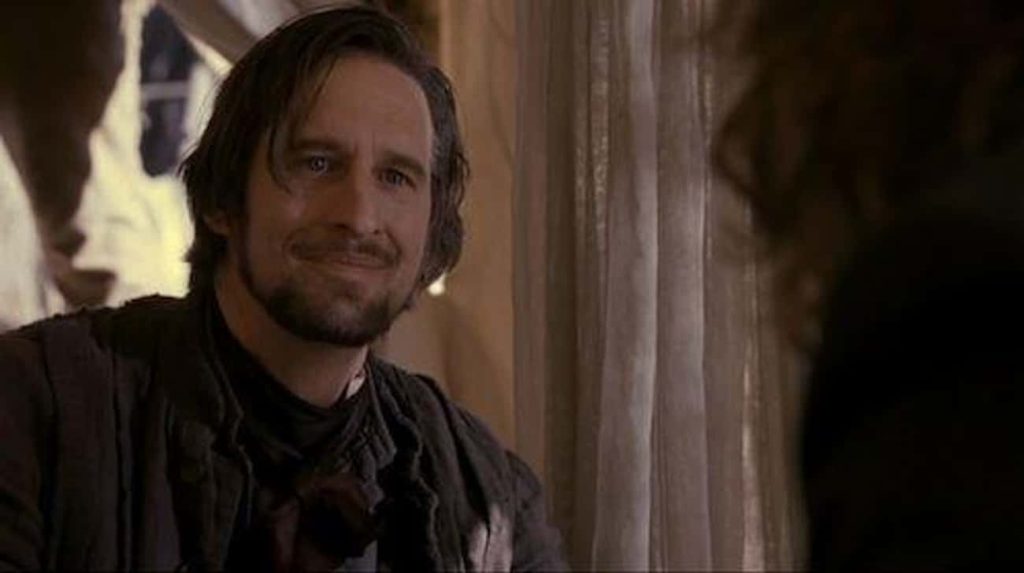
One of the most affecting moments of the first season is the passing of Reverend Smith, who is finished off as a mercy by Al Swearengen after an epileptic fit. The real Smith perished on the road, rather than taken out because of a brain tumor, as the show depicts. In an earlier episode, Smith quotes the Apostle Paul, and in his delusional mutterings before his passing, he quotes more snippets of Paul’s ideas.
This isn’t the only connection between the show and St. Paul. David Milch’s original pitch to HBO was for a Roman-era procedural show that would feature St. Paul as a character. HBO already had Rome in the works, so they asked Milch if he could pitch the project in a different era.
Jack McCall’s Trial Is The Basis For One Of The Longest-Running Plays In The Country
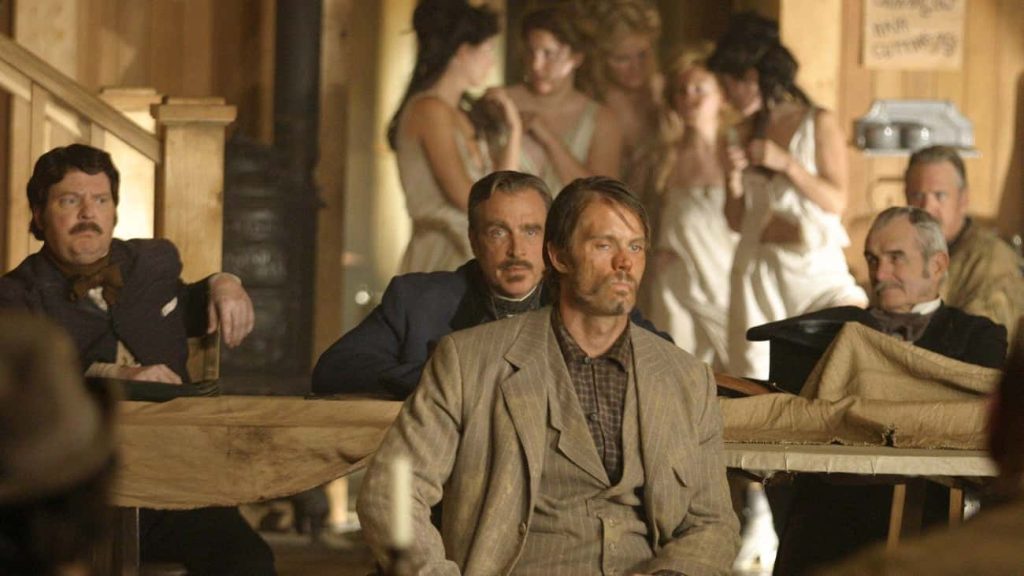
After taking out Wild Bill Hickok, Jack McCall was apprehended and subjected to an impromptu trial by his fellow citizens. This trial didn’t unfold in Swearengen’s saloon, as in the episode “The Trial of Jack McCall,” but instead took place in the nearby McDaniel’s Theater. McCall was tried and acquitted, claiming Hickok had slain his brother in Kansas.McCall left town soon afterward. Colonel May (not Seth Bullock) tracked him to Wyoming – which wasn’t difficult, as McCall boasted about his Wild Bill handiwork in every town along his way. May caught up to him and notified the local authorities, and McCall was imprisoned.
Over the course of his trial, McCall changed his story repeatedly. He claimed Bill slew his brother, then claimed he had been paid to take out Bill, then claimed he was drunk and couldn’t remember anything, and finally claimed he wasn’t really Jack McCall. Eventually, he was sentenced to capital punishment by the state in March 1877.
Every summer in the town, local actors reenact the execution of Wild Bill and the trial of Jack McCall. This has been a tradition since the 1920s, which makes it one of the longest-running productions in American theatrical history.
Al Swearengen’s Gem Theater Burned Down Three Times
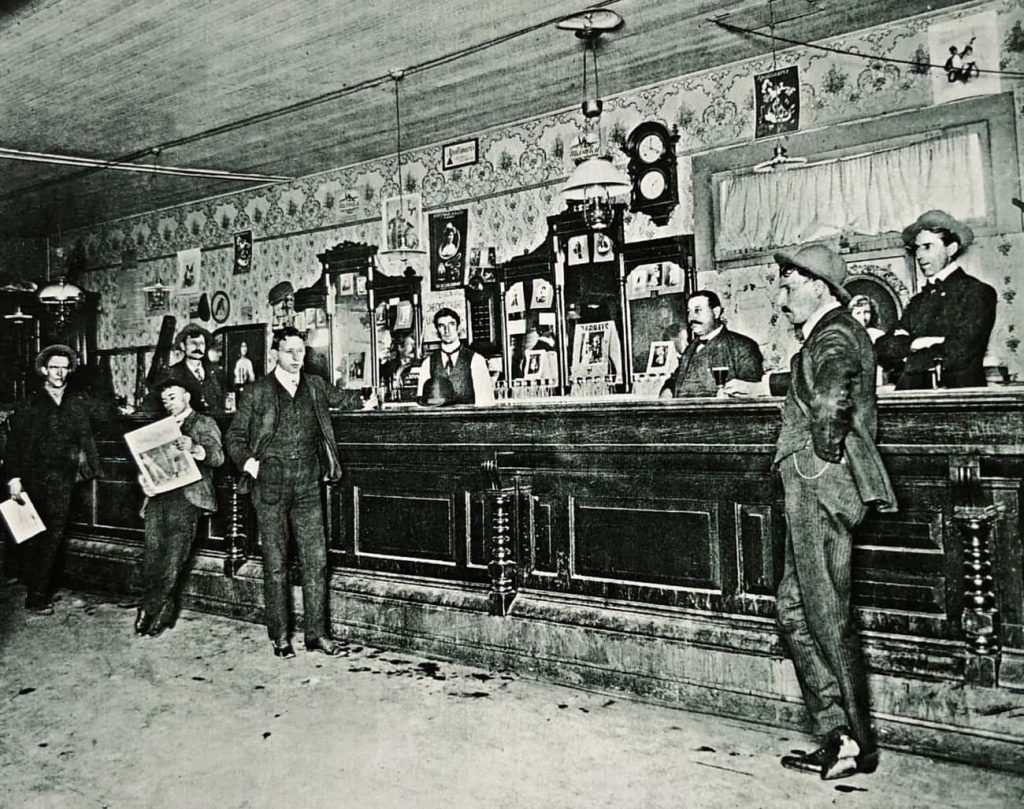
The Gem Theater was Al Swearengen’s pride and joy. After opening the saloon in 1876, Swearengen used it to lure working-class girls into a life of sex work and debt. It may have been a successful business model, but the building itself didn’t have such great luck.
The Gem burned down for the first time in 1879 as part of a fire that wiped out much of the town. Swearengen rebuilt it and ran it for 15 years before it burned again in 1894 – the result of another fire that devastated the town’s main street. Never one to give up easy, Swearengen rebuilt the saloon again; it caught fire a third time in 1899. This time, the firefighters arrived only to find their equipment had been sabotaged, so there was nothing they could do.
There’s Debate Over How Much People Cursed In The Old West
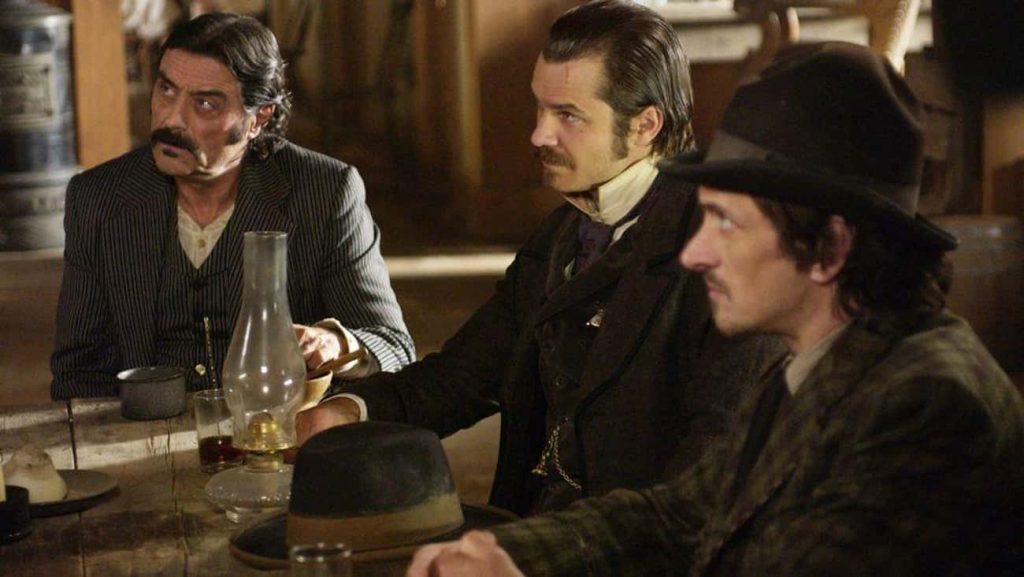
One of the hallmarks of Deadwood is the near-constant stream of profanity that tumbles from the mouths of its characters. Al Swearengen regularly goes on epic, profanity-laced monologues. Did these pioneers really swear this way?The answer: maybe. Linguistic historians have their doubts, saying the insults used most on the show emerged at the end of the century and wouldn’t be in common usage around the 1870s and ’80s. Jesse Sheidlower, the American editor of the Oxford English Dictionary says, “The evidence that we have is that they were using more religious blasphemy than the sexual insults which are popular today.”Creator David Milch disagrees, insisting sources like the OED can’t necessarily be trusted since they wouldn’t have recognized cursing until long after it had become common and popular. While he firmly defends the accuracy of the show’s language, Milch also says, “I’m not publishing a dictionary.”
By Quinn Armstrong


